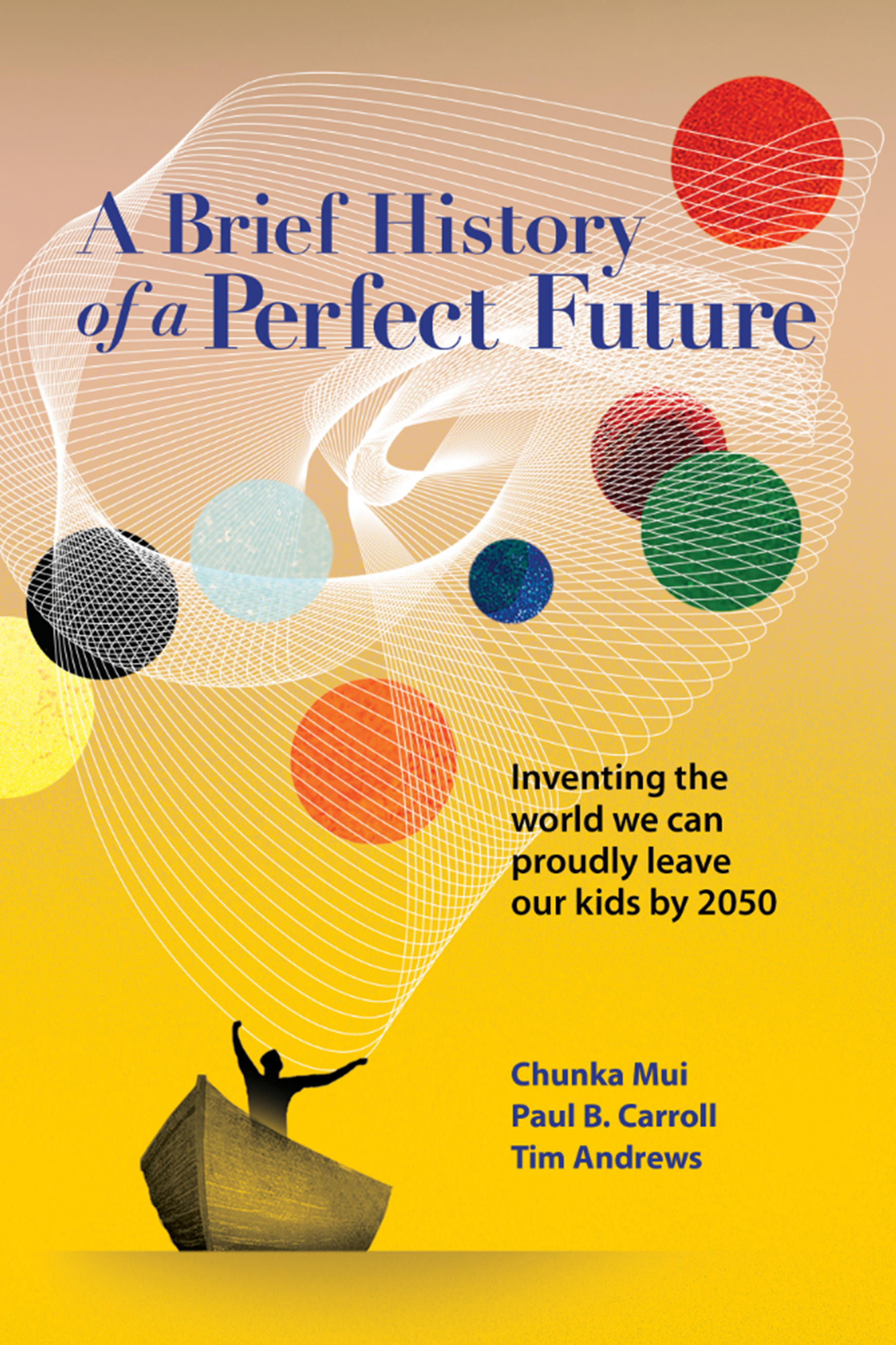Bill Gates recently drove through the streets of London in an autonomous vehicle and got a front row view of where driving is heading. He describes the scenario in a recent blog post.
That day is coming sooner rather than later. We’ve made tremendous progress on autonomous vehicles, or AVs, in recent years, and I believe we’ll reach a tipping point within the next decade.
Bill Gates
Much as he did when he wrote about artificial intelligence, he believes autonomous vehicles will change transportation as dramatically as the PC changed office work. He states in his blog that right now, we’re close to the tipping point – between levels 2 and 3 of the Society of American Engineers classification system – when cars allow the driver to take their hands off the wheel and let the system drive in certain circumstances. Level 3 use was recently improved in the United States under certain conditions. Advances in sensors and other technologies have accelerated the path – as is the case in practically any scenario we consider. As I recently posted, data is central to these scenarios.
Continue reading


 However, the advent of the internet and artificial intelligence unlocked a whole new field of progress in the auto industry.
However, the advent of the internet and artificial intelligence unlocked a whole new field of progress in the auto industry.